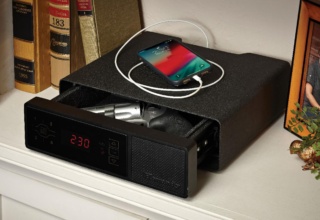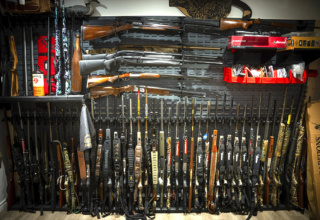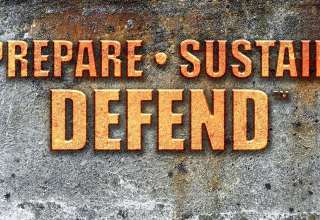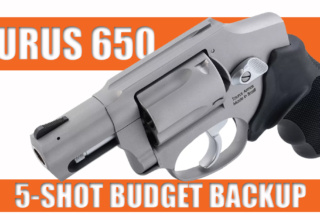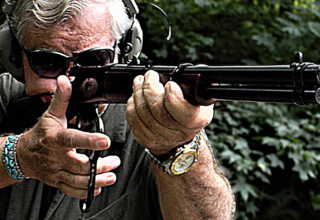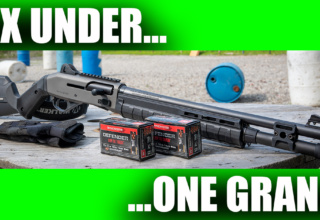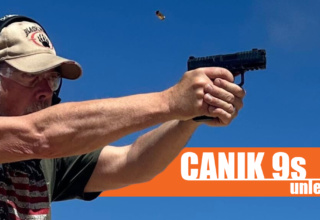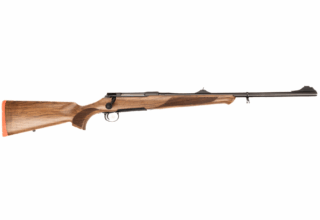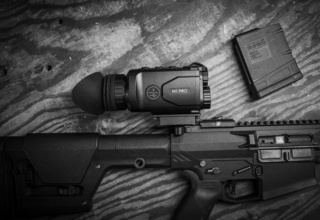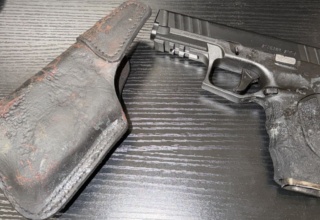Safe firearm handling involves much more than a short list of dos and don’ts. The potential for catastrophe is ever-present…sometimes where you least expect it.
by Bob Campbell
Our first reaction to a firearms accident is a degree of empathy for the victim and sympathy for the person who is responsible for the accident. Lately, this sympathy has been alloyed with surprise at the depths of unprofessionalism in institutional circles and by a lack of concern for family by individuals. Peace officers involved not in unavoidable accidents but horseplay (not a term I would use; I would use a stronger term) are in the news every month. Irrational, immature, and buffoonery are words that come to mind.
As for the public, a gun falls from a purse and fires. A visitor in the home leaves a loaded gun on furniture. People with mental health issues commit murder, and the family could easily have prevented access. Due diligence is important. Firearms mishandled never reach the carnage inflicted by vehicles and drug misuse, but we are a community under scrutiny and attack and should police ourselves. We should resolve never to tolerate poor gun handling. We need to react strongly to each mistake and hold the person involved responsible.
No passes on gun safety! Near misses and “almost accidents” need to be dealt with in our community.
A case in point.
As I was writing this and doing the research, I ran across a tutorial — so it was called — on YouTube detailing the disassembly of a Hi-Point pistol. At one point, the worthy host said, “Oops!” or something like that and removed a loaded magazine from the frame of the disassembled pistol.
Are you kidding me?!?! Please consider your sources of information!
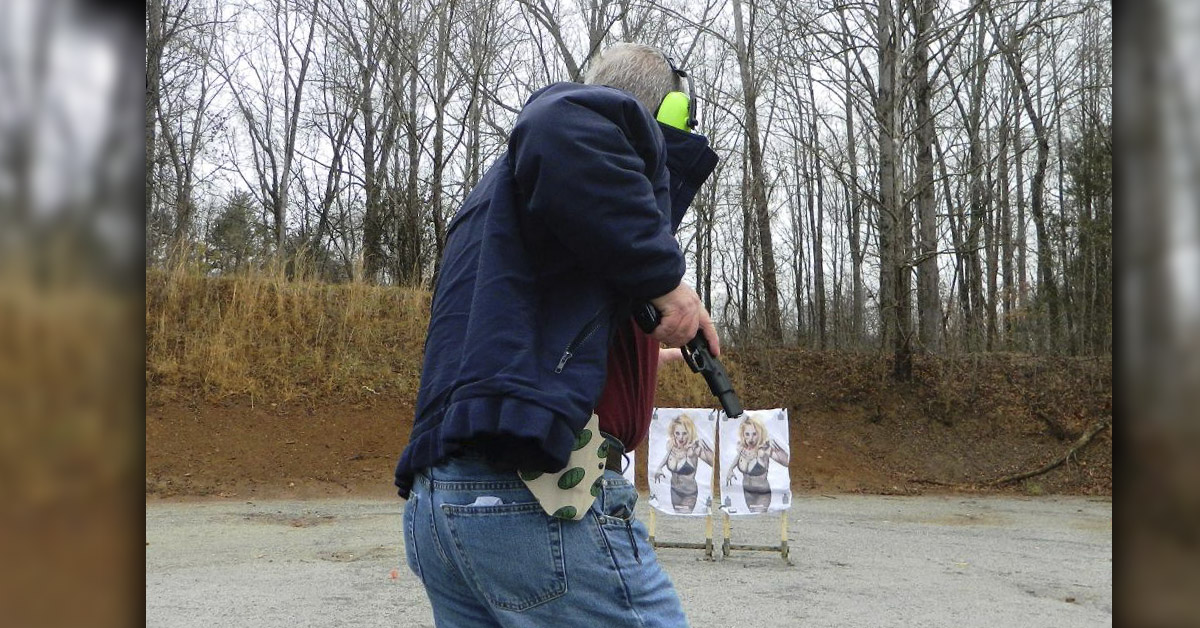
In another video posted by a training company, two men were demonstrating close quarters technique. One drew his Glock from its holster and another drew his SIG P-series. Loaded or not, when folks are using real guns in a close-range demonstration, this isn’t a class a sane person should attend.
Among the people my friends Brian, Jeremy, Tanner, Darrel, Drew, Kyle, Trey, and others deal with are the fools who mishandle guns in the gun shop or pawn shop. I am going to stress to these owners that they should never tolerate poor gun handling.
Recently, I was in a good friend’s shop and watched an older gentleman cover everyone in the room with a pistol he was handling. I pointed this out to him, and he said it wasn’t loaded and ignored me. My friend, who has a devilish sense of humor, pointed me out to the older man when the fellow asked about a concealed carry permit class. The worthy approached me, still covering everyone in the shop, and asked about my class. I told him I preferred to enroll people I thought could actually learn.
Then there is the follow who “Bogarts” the revolver by opening the cylinder and slamming it shut with a flick of the wrist and who may also drop a slide on an empty chamber. This is hard on the gun when there isn’t brass to soften momentum. When handling, shooting, transporting, and storing firearms, nothing is acceptable save for complete concentration and safe handling.
Let’s look at two different experiences in the same week in March of 2023.
My friend Trey was schooling me on competition shooting. It has been a while since I was involved in competition and I needed a refresher. He didn’t tell me how to run a course or how to shoot. He went straight to stressing safety. If the pistol covers another shooter, you are disqualified — perhaps permanently out of the league. If you are holstering the gun and miss the holster mouth, fumbling the piece, you are disqualified.
There are many safety disqualifications. This is as it should be. While the tactical benefits of gun handling in competition are often stressed, the safety aspects are also very important.
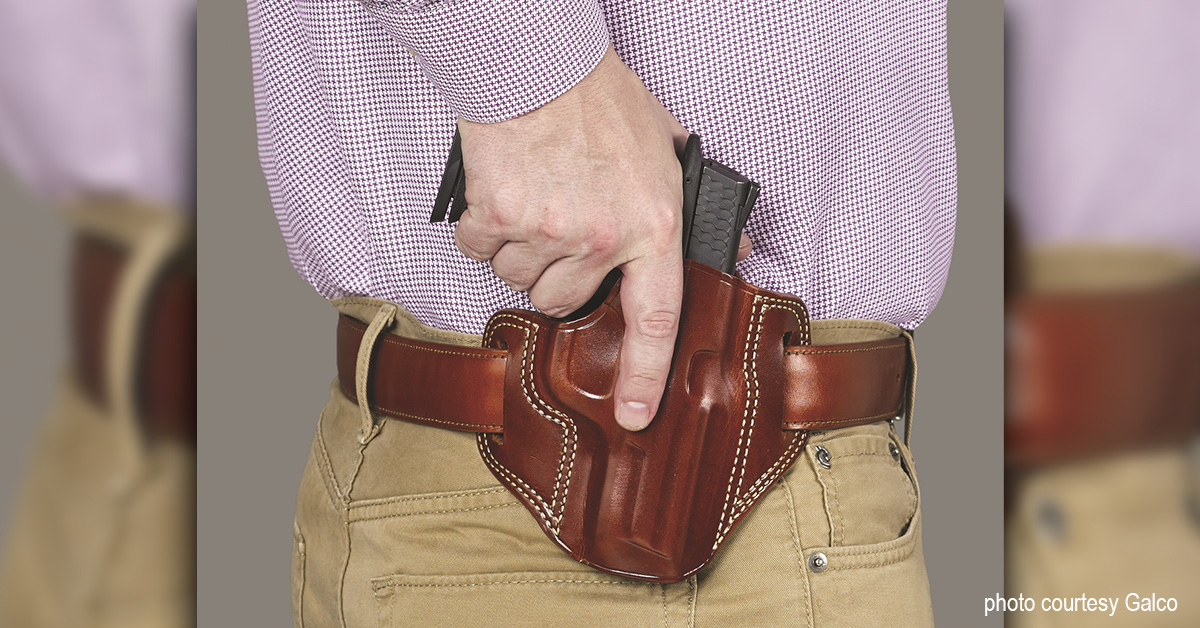
In the next county over, an agency was holding blank fire training. While I am not aware of the entire story, I know that training involved blanks. I do know what occurred immediately after the training. It is a bad idea to use blanks in a “real gun.” Too many other options exist and there is great opportunity for tragedy. Blank guns are terribly cheap. Paint ball guns are cheap. One deputy was suiting up for duty while another was entering the room after training. The facts are clear. As unbelievable as it sounds, one deputy pointed his gun at the other deputy and fired a blank in what the agency described as horseplay. I call it near manslaughter. The other deputy returned the favor. But he had returned his sidearm to duty status and shot and wounded the other officer in the foot. Unbelievable! They were not fired on the spot. They were given ten days off and sent for remedial training. They would have been permanently barred from my classes or any type of competition. Their supervisor was given three days off, which I am not sure I agree with. It isn’t his fault anyone would do something so reckless. I find it unexpected, but then I wasn’t there. These officers are a serious liability concern. Can you imagine if they have an accident in the future? Immaturity and recklessness are not desirable public service traits.
Evidently, this recklessness extends to driving. In Concord, North Carolina, a peace officer passed a stopped school bus. A peace officer passed a stopped school bus! He was cited by the state patrol and so far, only placed on administrative leave.
I won’t comment on the Alec Baldwin tragedy save there were monumental mistakes. Much of the reason for the tragedy was greed or stinginess. There are so many rules in a true Hollywood feature that it simply doesn’t happen — or occurs much less often. The tragedy has given us another saying in gun world: don’t do a Baldwin, which fits and is catching on as quickly as referring to the Beretta safety/de-cocker as a “Bobbit Switch.”
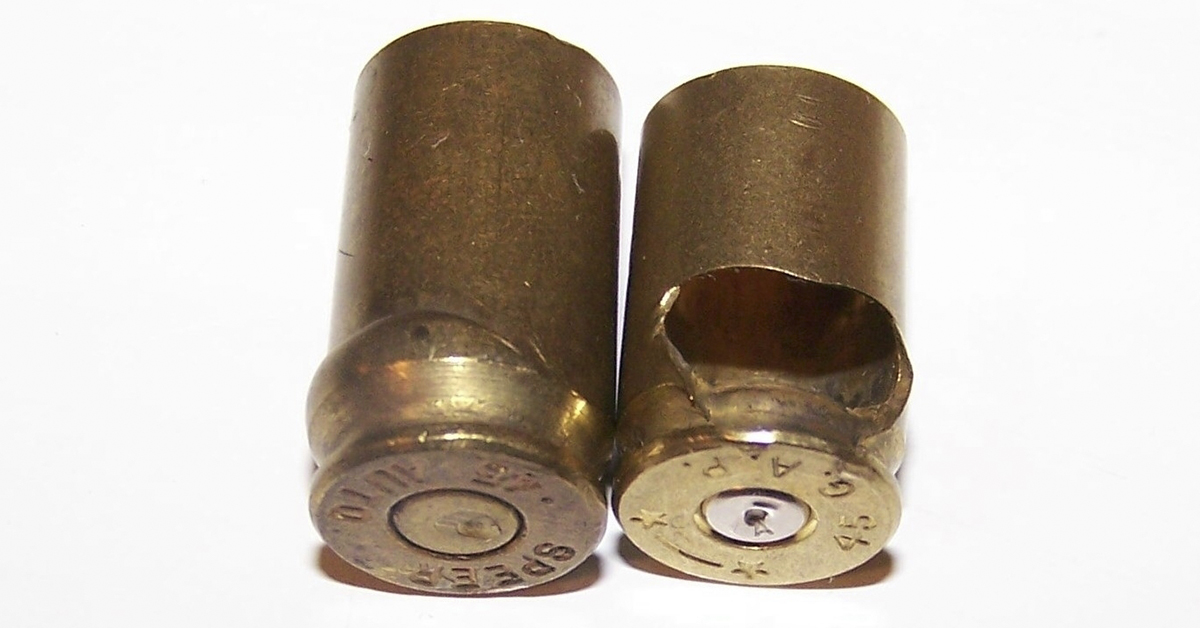
Notably, the avoidable Brandon Lee tragedy occurred in another state in which the safety rules of Hollywood were not present. In another incident, a peace officer was conducting a class with civilians and was using a .38 revolver loaded with blanks. Even so, I see no reason to point the firearm at another human being. The revolver somehow “became loaded” and a woman was killed. This was within the past few years. It isn’t like we did not know better decades ago, and most of us do know better.
I was attending an excellent training class on car stops about 1982. Lieutenant Powers had us all jumping and nearly wetting our pants with his blank gun. He drew it from his pocket and from his boot. One officer missed it in a frisk. Miss finding the gun and BAM, you had had it! (None of us were carrying pistols for good reason!) The blank gun? A ten-dollar starter pistol with a box of blank caps costing a few cents. It looked a lot like the common RG .22 handgun in wide use at the time. A flea market toy Glock costing eight dollars is used in my class for flashlight training. The darned thing has a functional light rail and a double action trigger that actually works. A lack of funds is not an excuse when resources are so cheap.
At the tail end of wrapping up my research, I found two gentleman facing each other and giving a lesson on close quarters. One asked the mind-boggling question, “Should I draw my handgun or hit the other fellow with my fist?” During the video, one repeatedly puts his hand on a holstered Glock, the other draws his SIG to belt level. I was given hope by a video of a trainer in Detroit. He points the “gun” directly at the camera as he lectures. The fake gun is a type I am not familiar with, but it is in natural finish and features an orange muzzle device. At least some people get it!
I realize time is sometimes a factor and we have a compressed time frame in which to train individuals. I began training my children at a young age as they carefully carried about a wooden rifle. Not a toy but a trainer. We progressed to a BB gun and a single-shot .22. While we don’t all have a generational advantage, we must be thorough.
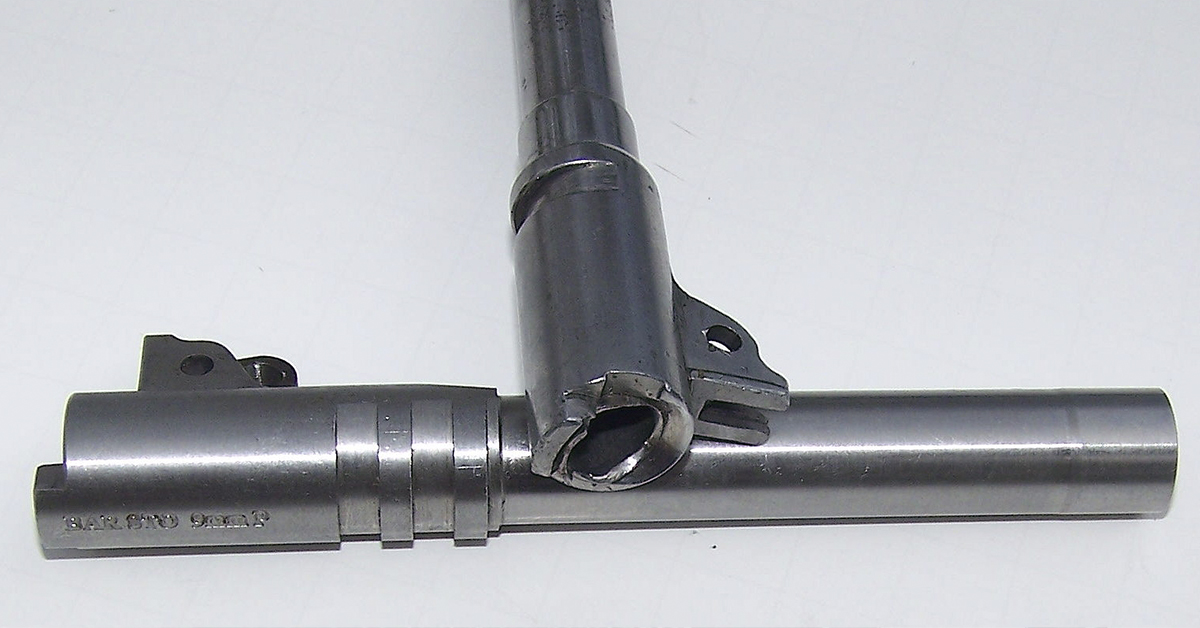
When working with a gun, no matter what we have done the previous day, it is time to check the firearm again the next day. All guns are always loaded is the primary rule. Another rule is never to cover anything with the muzzle you do not wish to see destroyed. Always clear the firearm and check for ammunition in the magazine, cylinder, and chamber. I think we are all aware of the stuck cartridge danger in lever-action tube magazines and rimfire feed devices.
A word on danger. Friends working security at gun shows tell me that they have never worked a show without at least one loaded gun coming into the booth to be checked and tagged. At most shows, it is several. I would send the folks home. Security unloads the guns, returns them to the owner, and sends the offending patron into the show.
Customers in the gun store come from the same gene pool. People bring in loaded guns to trade or pawn. Know how to clear every type of firearm. It is essential for safety. One shop I visited as a youth had a special clearing station at the far end of the shop just for this purpose. The firearm was pointed in a safe direction as the owner checked and sometimes unloaded the firearm. My grandfather pointed out a bullet hole (pockmark) in the concrete wall of his country store from someone unloading one of those “damn automatics.” This made an even bigger impression on me as a child. The safety rule of never pointing a firearm at another person was followed. But the gun fired when not intended.
Then there is the fellow who fires .380 ACP in his 9×18 Makarov, .40 S&W in the 10mm, and so on. There is a great deal of moronic information on the internet. They say to fire .32 Smith & Wesson Long or .32 Magnum in the 7.62 Nagant. One fellow discovered a 9mm Luger would fit in the chamber of his 9×18 Makarov but not feed through the magazine, so he carries the first round up a 9mm Luger. I would hate to gauge the pressure as the longer 9mm Luger case struggles to open up in that short 9×18 chamber! After all, if proper headspace is present, the cartridge case headspaces on the case mouth. You, sir, are a tragedy waiting to happen! I won’t mention some of the more common changeovers as I don’t wish some of you to try it. Firing .38 ACP Super in a 9mm Largo is truly stressing old steel. Basque steel was not that great an alloy when new. At one time, makers advertised the accommodating chamber of the 9mm Largo. No longer would we tolerate this! Military rifles converted to .308 are a bastard solution to an ammunition dilemma. Many are dangerous. None I have fired are accurate. There is more to rifle shooting than going bang!
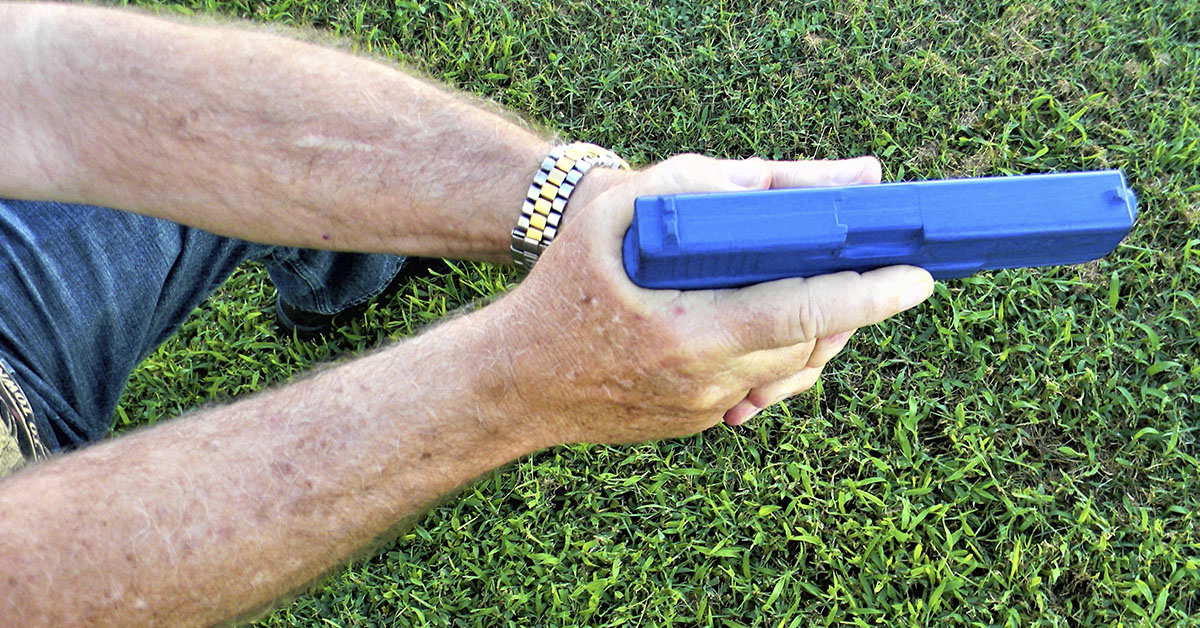
I once found a Mauser 98 in good condition at an attractive price at a local shop. The stock was boldly marked 7.62. The rifle was originally a Wehrmacht rifle. The Nazi Eagle was ground off. Per my research, the rifle appeared to be one of thousands converted to 7.62 NATO and widely used in Israel. My Mauser expert agreed. But he used a gauge on the chamber. It was in the original 8mm Mauser chambering. What? Who knows? Be wary of old steel.
Again, consider your sources. Cartridges of the World is the greatest resource for cartridge identification. This is especially true in training. As an instance, I mention only in passing a writer who claims to be an expert on training is seen pointing a real firearm — his duty gun illustrated in the story — at a woman lying on the ground in an illustration of how to hold a felon at gun point. Not a pillar of gun safety, that one. No excuse, as I happen to know he attended my friend Massad Ayoob’s training class! Some folks have good instruction and then get out of the class and do whatever they wish.
Another concern is holster safety. Too many nimrods have suffered an accidental discharge when holstering the firearm. The handgun becomes entangled in a safety strap. This will catch and actuate even a revolver trigger. Another problem occurs when the shooter allows his finger to remain on the trigger as the handgun is holstered. This is basic trigger safety. Aftermarket triggers are not an answer to service use. Even in revolver days, holstering malfunctions occurred. A friend put a trigger shoe on this double action revolver. This is a target grade accessory not a service grade improvement, although I never knew a competitor who used one. He holstered the Colt .38 in a shoulder holster and blew the bottom of the holster out. The trigger shoe caught the tightly molded holster. I am thankful he was sitting at the time and the result was a bullet hole in the wall of the can. He repaired the wall and, in the process, learned lessons concerning aftermarket parts…and masonry!
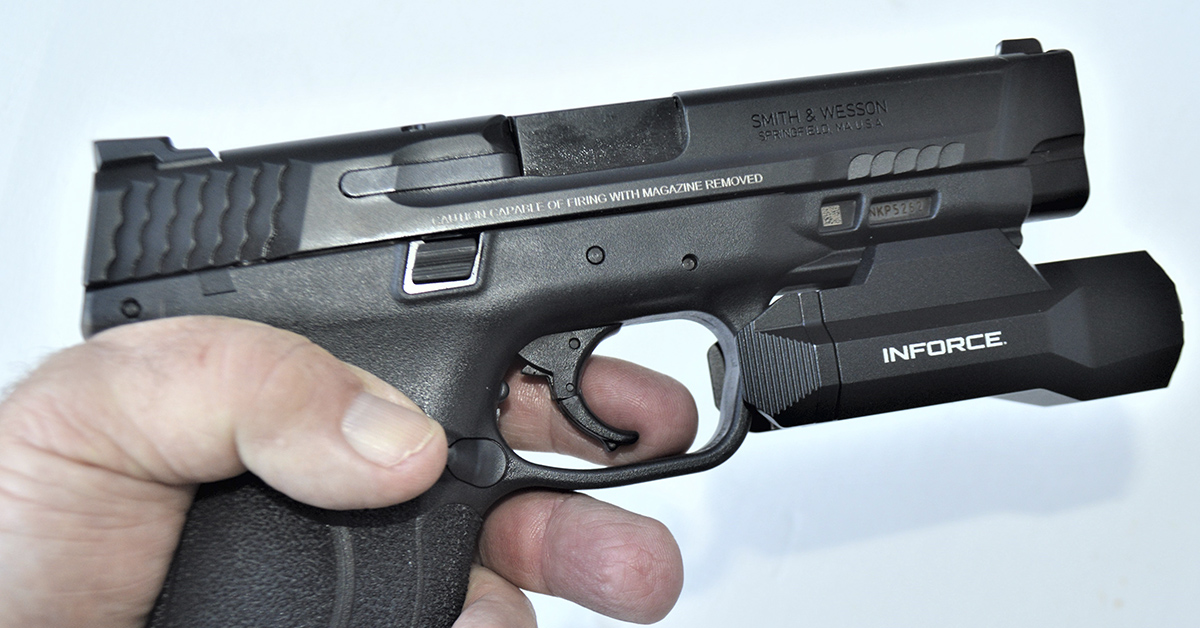
Proper gun handling will keep you and others safe. On two occasions, gun safety definitely kept the author out of trouble. As I readied to fire a .223 version of the AK rifle, I kept the muzzle down range and worked the bolt. The rifle fired without a finger on the trigger. The floating firing pin was stuck forward. I have run into this malfunction with the 1911 and an Astra 600 9mm as well.
In another incident, I de-cocked an HK USP and it fired. I thought perhaps I had gotten my finger in the trigger, but then it fired again on de-cocking. When de-cocked, the USP hammer strikes the firing pin rather than stopping short as the SIG does. The firing pin block had been rendered inoperative by a shard of brass under the firing pin safety plunger. Never trust a mechanical safety! And understand thoroughly that all safety features are not equal. It doesn’t hurt to clean the firing pin channel. You may be surprised at the tiny slivers of brass, lead, and powder found inside.
A few words on the sources of information.
Quite a few “writers” are not authorities at all; they are not even journalists. YouTubers are often so inept they are embarrassing. At one time, a new hire in the business was actually vetted. The great Jack Lewis, a combat Marine movie script writer and gun book publisher, realized that he needed experience and enthusiasm rather than folks who had read a lot and been to schools but who lacked real world experience. He liked police and military experience and also liked competition experience. The great Robert Stack, actor and shotgun competitor, also worked for Jack. Mr. Lewis took time to discreetly check out my qualifications as my friend the local sheriff later told me. I sent a copy of my college transcript and certain police training. (Without Jack Lewis and Tom Ferguson, I would never be where I am in the field, not to mention the town clerk who typed up so many stories for me!)
I came from a law enforcement background. Some writers came from a military background. Jack also picked at me a bit and realized that I had an outdoors and hunting background and a great deal of practical experimental experience. Meanwhile, I went to instructors’ school and passed and also went back to college and took further writing classes. Eventually, I wrote 22 books and some of my work was published at a professional and Federal level. The point is, there is considerable experience demanded from a professional. For that reason, I recommend instructors who have extensive police or military experience. Some have both. This experience means much more than simply attending any number of schools.
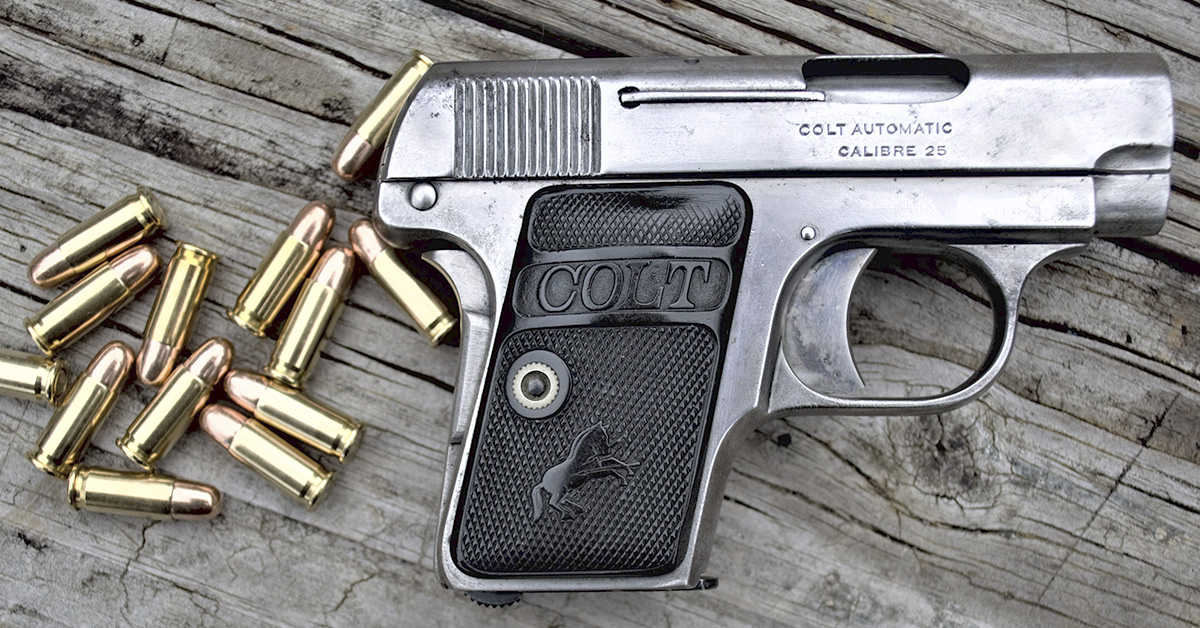
On the other hand, we have inept folks promoting dangerous practices. Remember the worthy with the loaded gun in his video? The real question is why he posted something that makes him look like a moron and did not remove it! Another fellow seemed to have safe handling down pat, but his knowledge was a disaster. This disassembly video refers to a takedown lever as a ‘thing on the frame’ and a slide as the ‘top part’ of the gun. I kid you not. This would not have washed years ago and does not wash at this post. But we beg the question, “Why do experienced shooters make mistakes?” as opposed to morons.
How do experienced shooters avoid complacency and mistakes? Many of us grew up with parents who taught us to drive safely, taught us to use knives, stoves, and chainsaws safely. Today, many have one parent who does nothing for them and another who does the least possible to get by. Something is needed. And then some of the very experienced make inexplicable mistakes as if they have brain fog. Perhaps our gray matter is overloaded and deletes archived information. Perhaps we get in a rush. It is OK to move fast but not OK to move indecisively and jerkily. Don’t underestimate the curiosity of children and the depths of mental illness. Do not allow complacency to intrude and do not tolerate fools handling guns.
About fifteen years ago, I attended the NRA show in Charlotte, NC. Wiley Clapp was at the Colt booth. They had on display a new Wiley Clapp Colt Commander. I picked one up, locked it back, and checked the chamber. Wiley told me I was the only person handling the gun who did that. He also told me there were no firing pins in any of the Colt pistols on display. Don’t modify your basis for procedure!
It isn’t all idiots who mishandle guns, or I would be perforated more than I have been. My wounds were not accidents but inflicted by others!
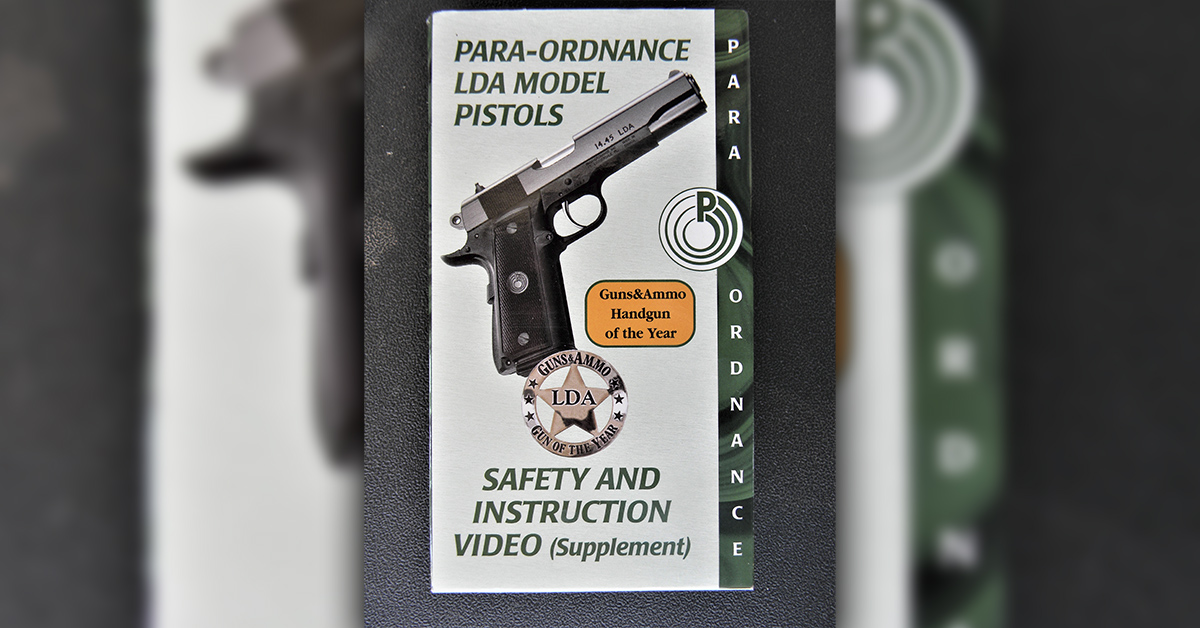
I attended the opening of the PTR rifle plant many years ago. Then Governor Nikki Haley was in attendance. She was handed a rifle to pose with. The first thing she did was check the chamber. I am certain Governor Haley could see the top of the follower in the magazine. The rifle was unloaded as she verified. A photographer looking for a better angle walked directly to one side and in front of the rifle muzzle. The Governor deftly raised the muzzle to avoid covering this individual…all the while without a finger on the trigger. You can get it right! I really should not have been impressed as much as I was. After all, it was simply standard good gun handling. I will just say that Governor Haley is the real thing, and her husband is a fine military man.
I would be remiss not to include the safety rules. We all need to start somewhere and perhaps we need a refresher.
Firearm Safety Basics
- Keep the gun pointed in a safe direction. This is called muzzle discipline, sometimes expressed as “do not cover anything you do not wish to destroy.” By strictly following this rule, catastrophe is avoided.
- Keep your finger off the trigger until ready to shoot. Not when you think you will shoot, but when you shoot!
- Keep the gun unloaded until ready to use.
- Know your target and what is beyond it.
- Be certain the gun is safe.
- Use only the correct ammunition.
- Wear eye and ear protection when shooting.
- Store guns safely.


